Commonly Known as the “f/8 and be there” Rule
There is a common rule for street photographers to shoot at f/8, but why the aperture value f/8? We know that most of the lenses are sharp between the aperture values f/8 and f/11 and when it comes to street photography, one needs to be ready to get the shot and they need to be sharp. Using f/8 most of the time can guarantee a sharp shot.
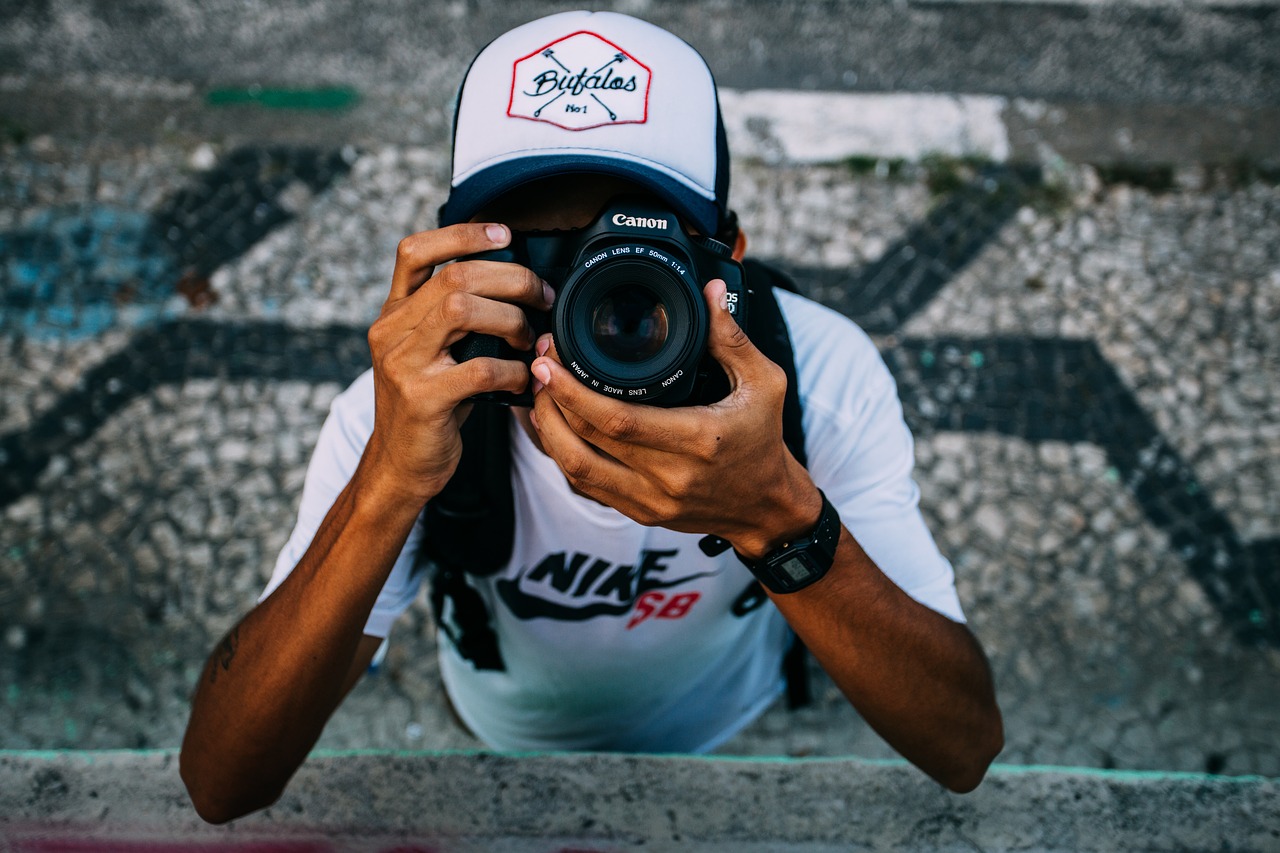
The saying represents the notion that f/8 is THE go-to aperture you should shoot with, often. I'm not sure about you, but I personally don't stick to this “rule” as often as I could.
Sure, it's a great place to start and if I know my lens is at the ready then I'll feel more confident, but, it's f/8. Most of the time, I want more depth of field or less, depending on what I'm shooting. Perhaps I should view it as a “challenge” to only shoot at this aperture, that might push my composition skills somewhat.
For Street Photography I'll often be using a 35mm f/1.8 on a Nikon DX format, which means this lens (albeit a bit of a bargain for a sharp prime) can produce better shots at closer to f/4 or f/5.6 AND I get the added bonus of a greater depth of field. For street photography, however, I realize that quite often, you actually want most the scene in focus – tells a better story, right?
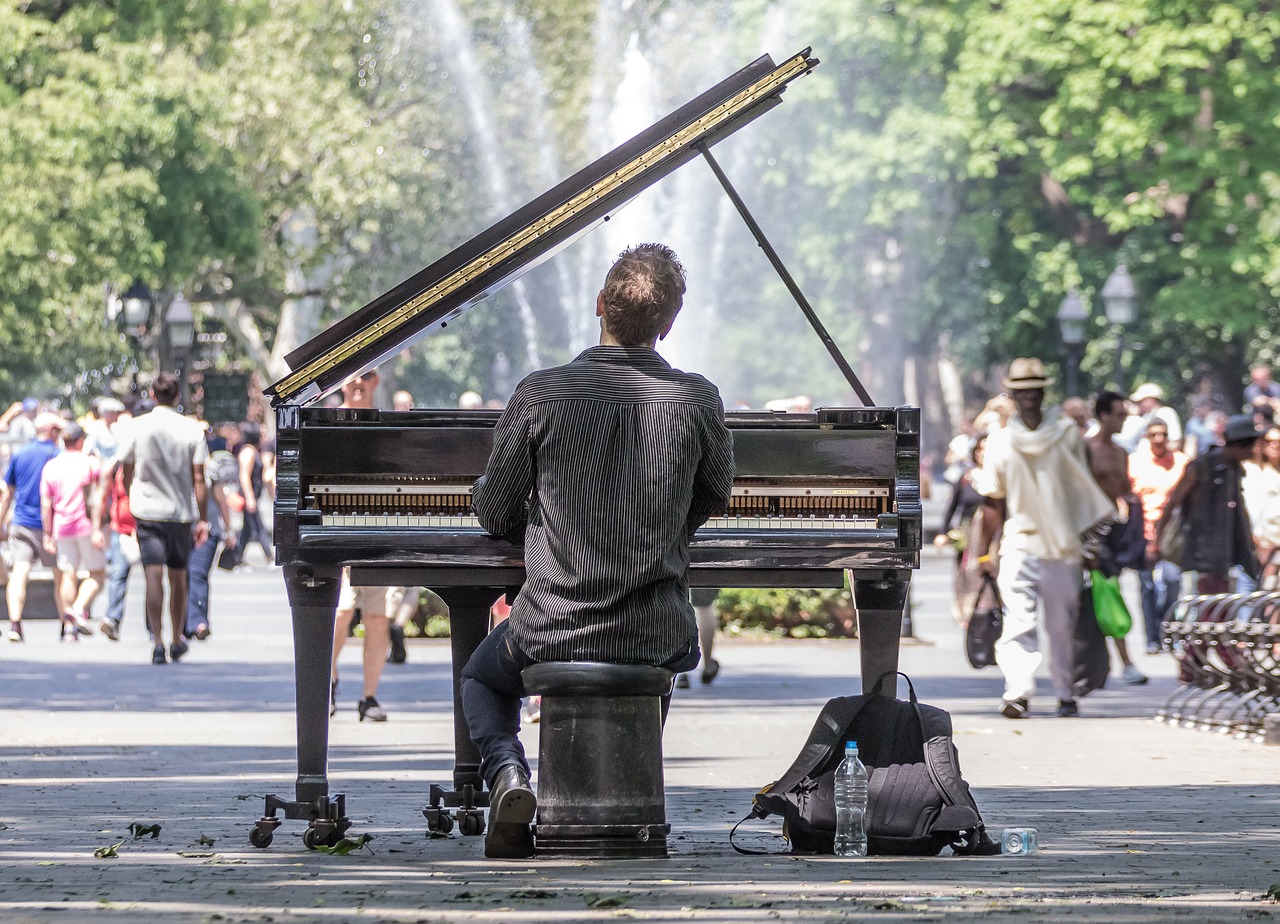
About Aperture
We know that a wider aperture allows more light through the lens and into the camera (i.e. to hit the sensor) and a narrow aperture will allow less light in. If you want more light in with the latter you're gonna need that bad-boy on a tripod.
Be sure to check out the article for any further clarification or elaboration on aperture.
- Understanding Aperture Is Important for Any Photographer. Read Why… by Dzvonko Petrovski

This also has an impact on the sharpness of your photo too. So why is f/8 the place to be for street photography?
Well, it comes down to the simple fact that using the f/8 rule for street photographers ensures everything is in focus. Combining this with an ISO of around 400 will mean you're pretty much loaded and ready – don't forget a clean slate on your memory card, you'll be needing it for a day on the streets.
What is the “f/8 and be there” Rule?
Arthur “Weegee” Fellig – the famous photojournalist, once famously said in response to being asked about his photographic technique “f/8 and be there”. This is an alleged response and one that many photographers might view in a speculative way, but it does hold true that if you've got your aperture here, you just need to be in the right place at the right moment.
We could go further into details about what else you need aside from clicking the wheel round to f/8 but for now, let's view this as a starting point for those beginning in their journey to becoming better street photographers.
Allowing yourself adequate time to prepare, compose and think about your framing whilst not missing the shot is what's key here and that's where the f/8 rule for street photographers can come in handy as one less thing to think about.
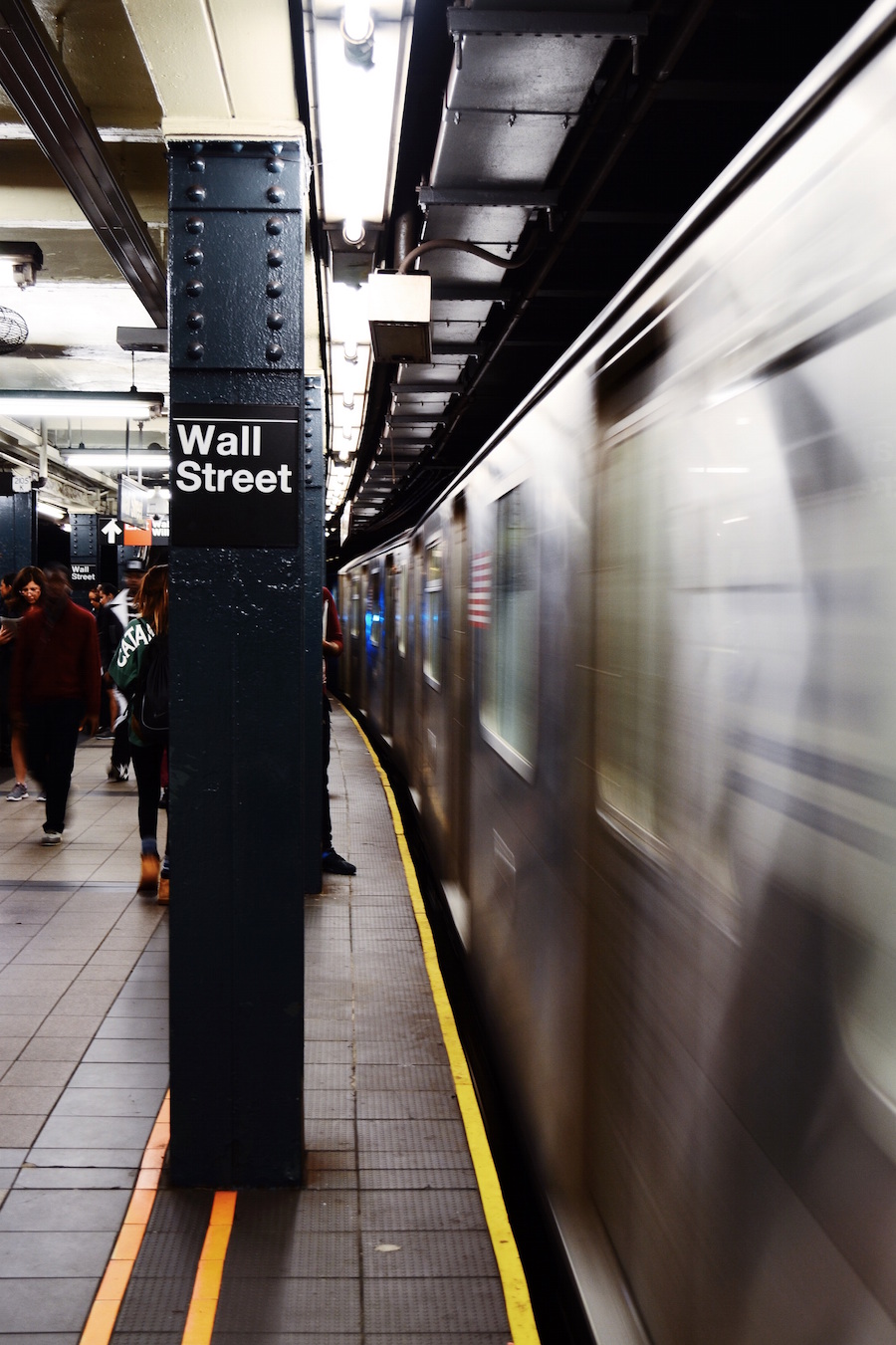
Further Resources
- The Exposure Triangle and How it Affects Your Photos by Lightstalking
- What is the Best Lens for Street Photography? The Top 3 Contenders Are… by Lightstalking
- 7 Things You Really Don’t Need For Street Photography by Federico Alegria
- 4 Practical Solutions for Better Street Photography by Jason D. Little
Further Learning
How are your Black & White photos? Do they stink?
If they do, hang on, all is not lost as this guide will get you up to speed in Lightroom. Begin to recognize what constitutes a good black and white conversion and what's a bad one.



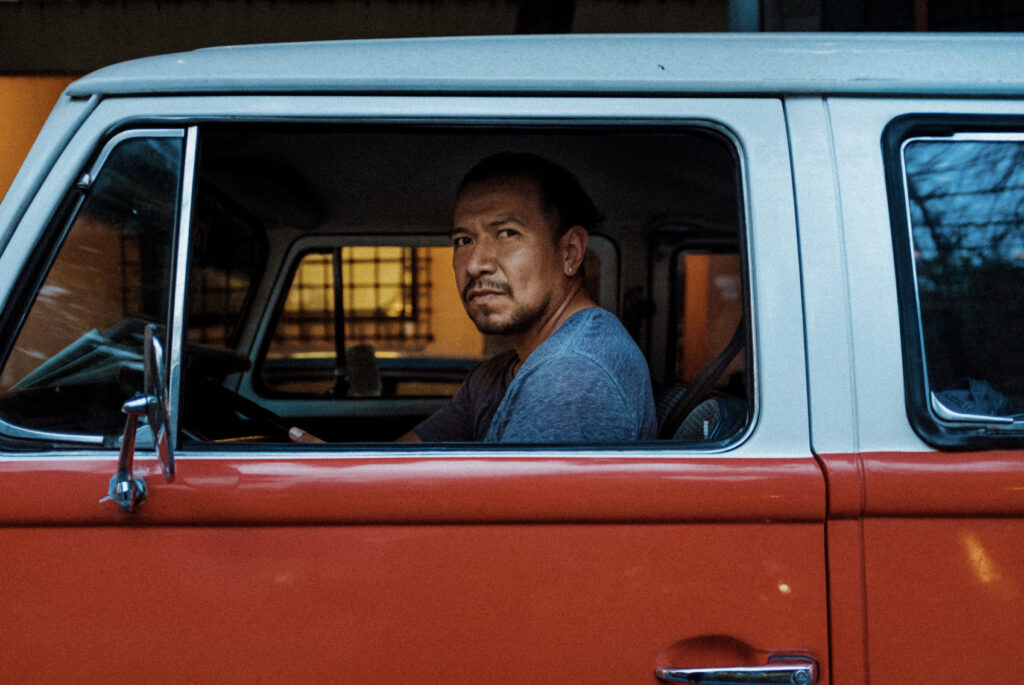
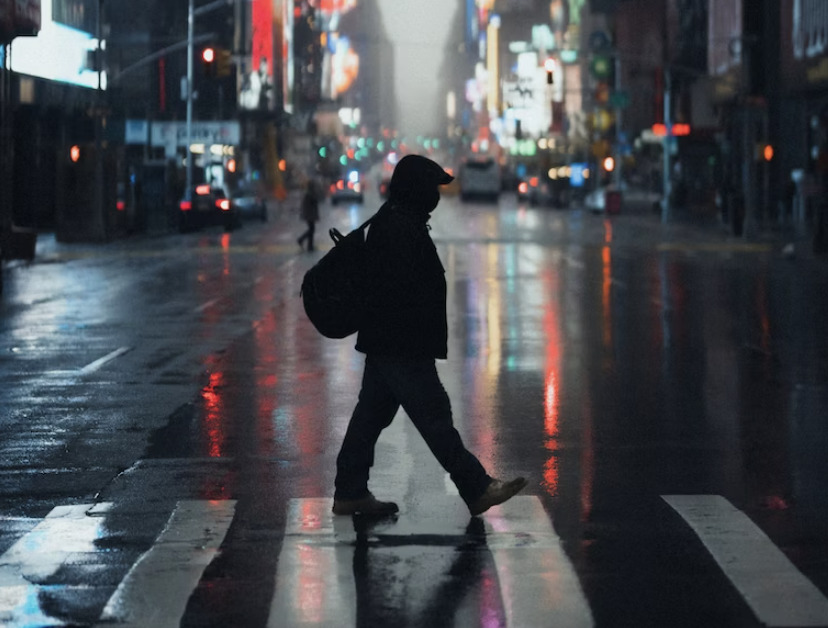
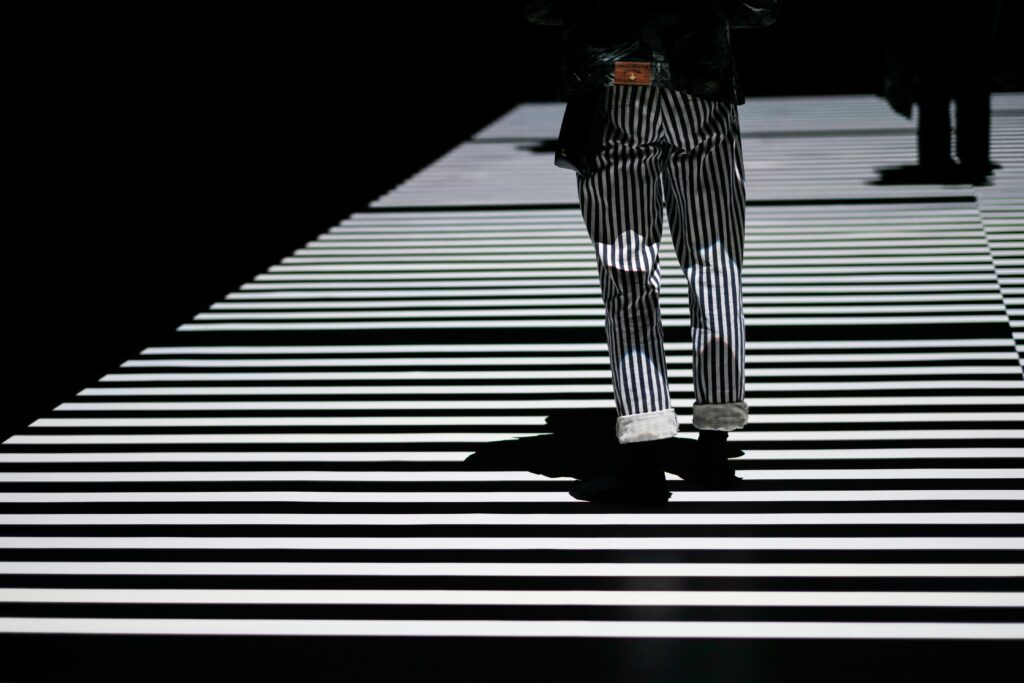
3 Comments
I’m pretty sure F4 has LESS depth of field than F8 … Hence why landscapes are F16-22 and every one loves bokek in f2.8 and below
Ignore me … I miss read
one advantage of keeping f/8 as your default aperture when you start out is that shifting to wider or narrower apertures is quicker than if you were at one or the other end of the tunnel. This time difference could sometime mean getting or not getting the shot.